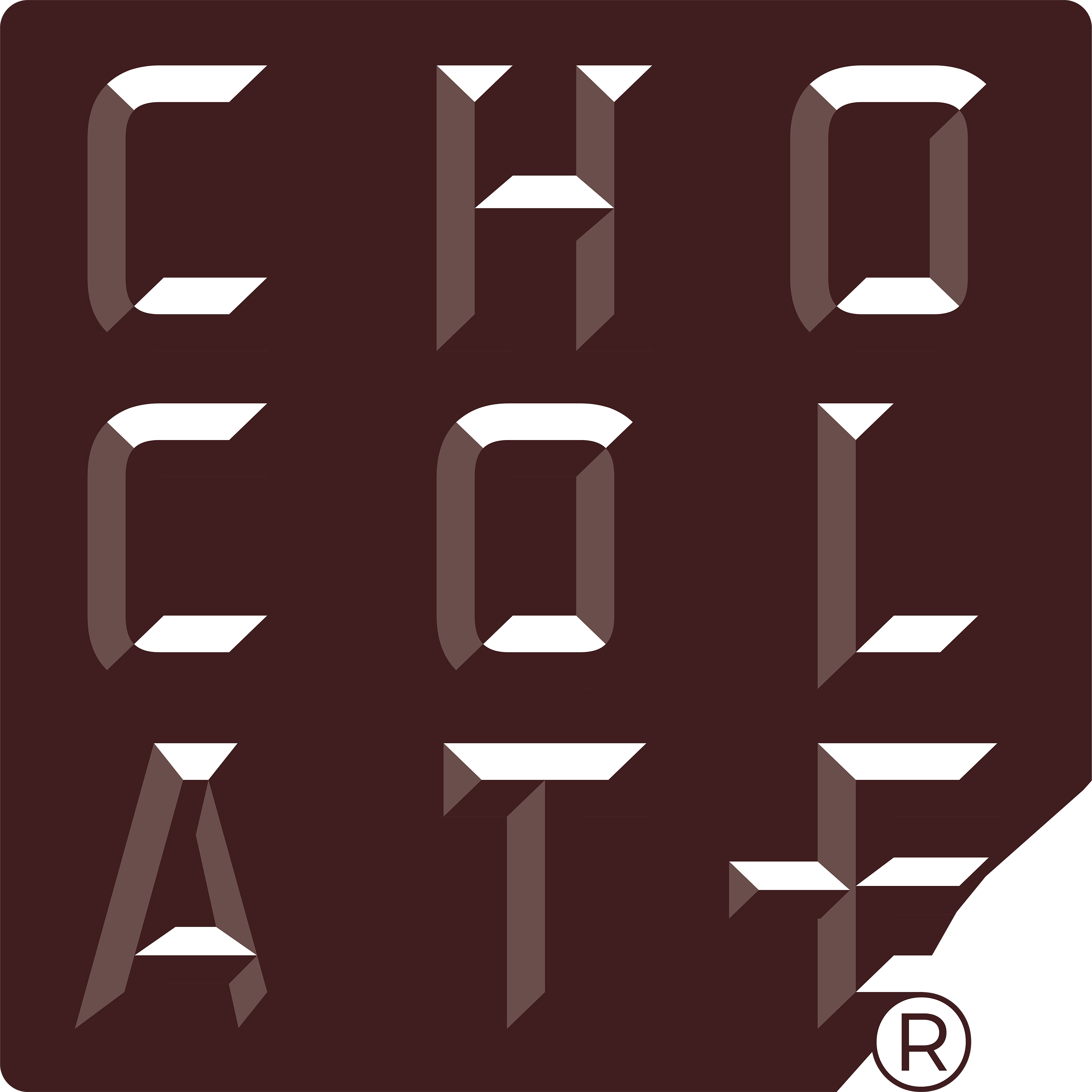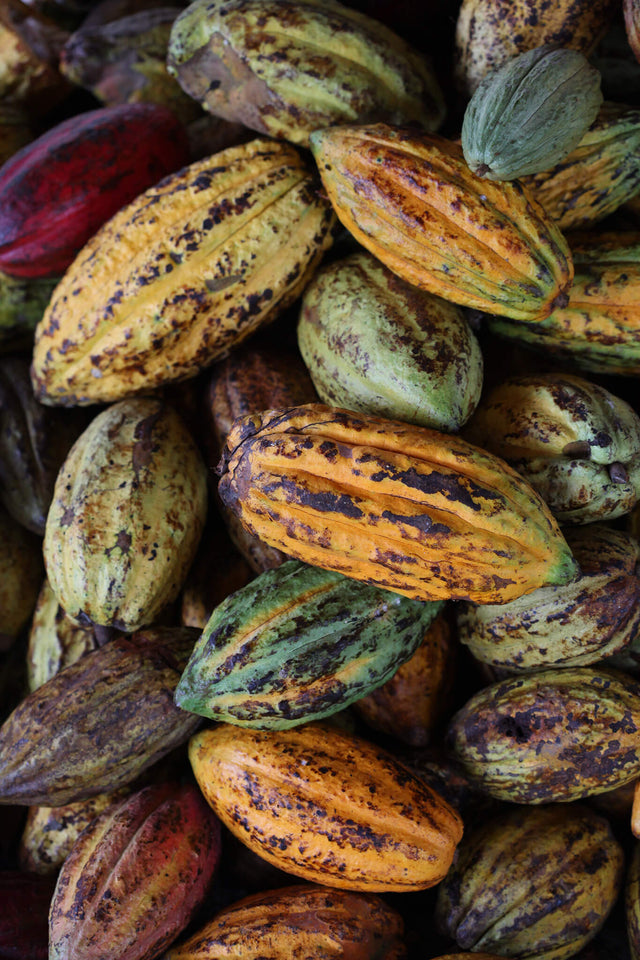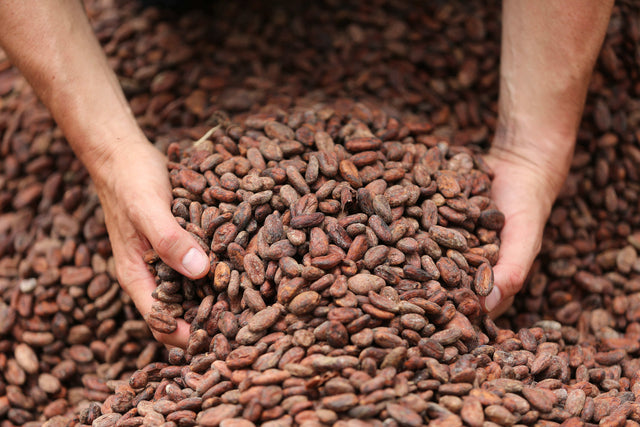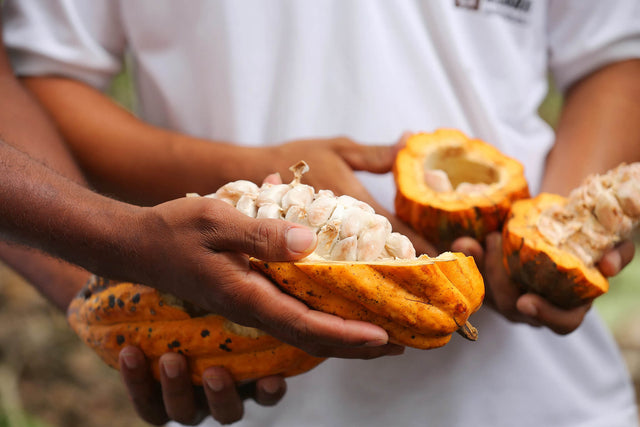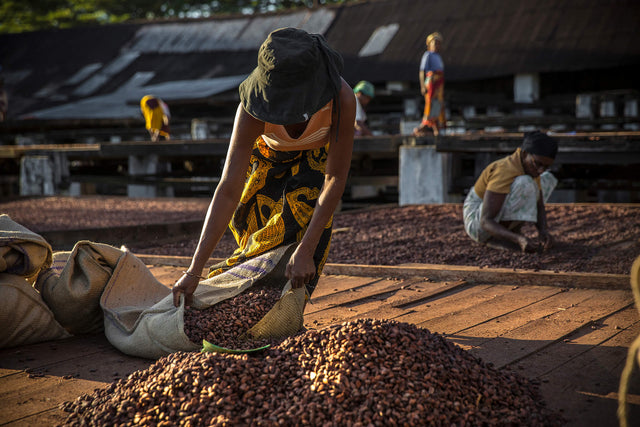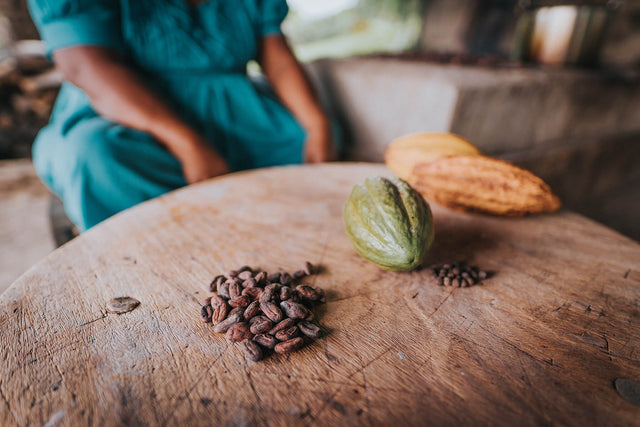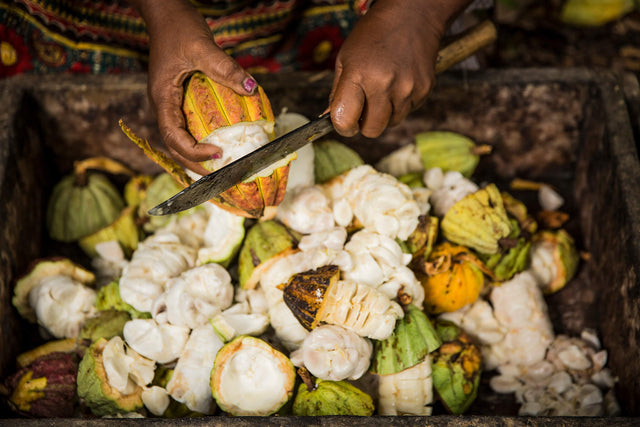DOMINICAN REPUBLIC: COCOA ISLAND

Cocoa was first introduced to the Dominican Republic by Spainiards in 1600, as a potential agricultural venture. Over time, influence from French and German colonizers helped to develop the seed -- as well as better fermentation and drying techniques -- in hopes of making cocoa a feasible export. It was a success, and today the DR produces 2% of the world’s cocoa and 70% of organic certified cocoa. Cocoa farming is difficult for farmers here, however, as incomes fluctuate with the seasons and markets. It is not an industry that lends itself to financial growth or planning, and as a result, younger generations of cocoa farmers are becoming less and less abundant.
Plantations such as CONACADO, whom we partner with, are looking to tackle this rift between growing international demand and weakening local systems of production. Along with a host of other initiatives, the co-op distributes Fair Trade premiums for use in community and environmental development. They have even recently purchased their own processing plant, putting production power into the hands of farmers like never before. In this way, our partner -- Valrohna -- is committed to supporting producers economically and environmentally, above all else.
THE PLANTATION: CONACADO COOPERATIVA
Conocado cooperativa was founded in 1985 to improve producers’ income and allow their families to reach new standards of living. They learned by observing best practices and built a business model focused on high quality product and sustainable farm management. Not to mention community development and environment concern: Fairtrade Conocado Cooperative has obtained the most demanding CSR certifications. It’s a privileged partner of our preferred partner Valrhona.

GET A TASTE OF DOMINICAN REPUBLIC

